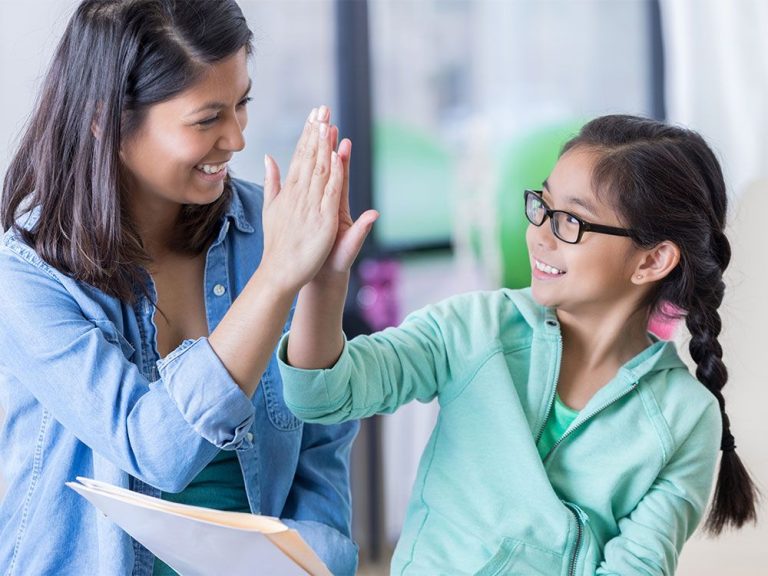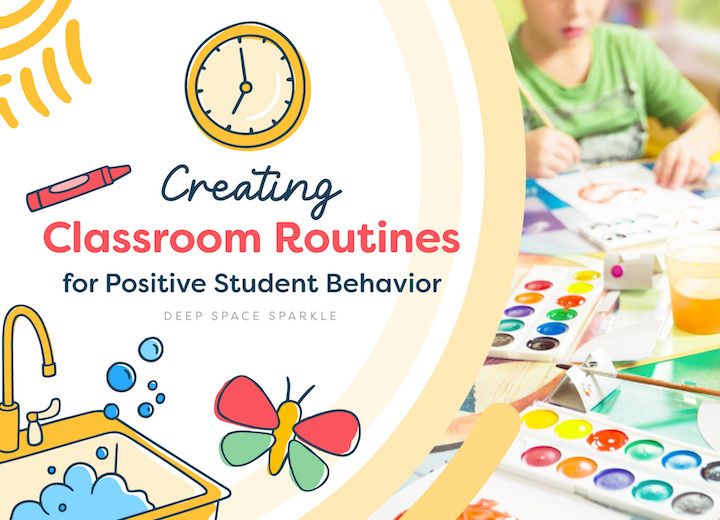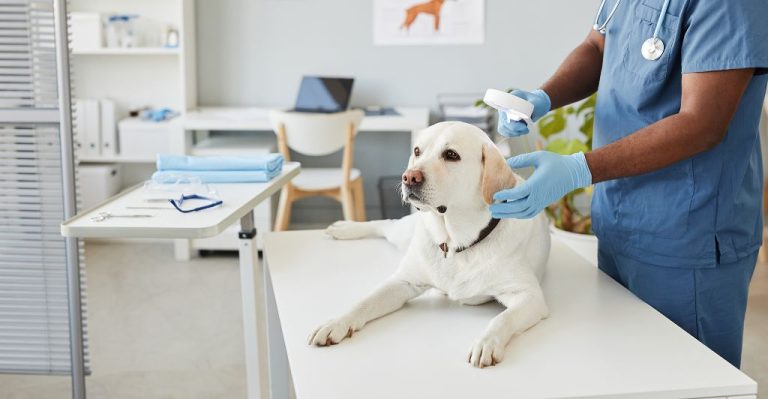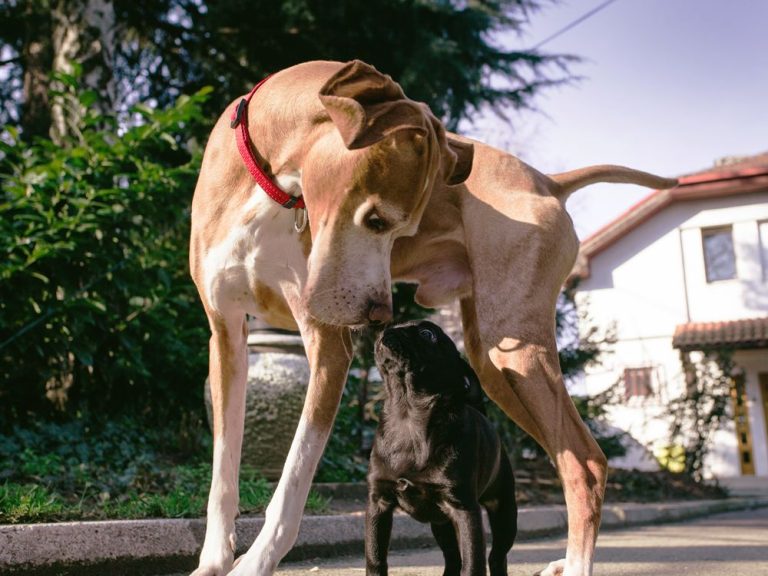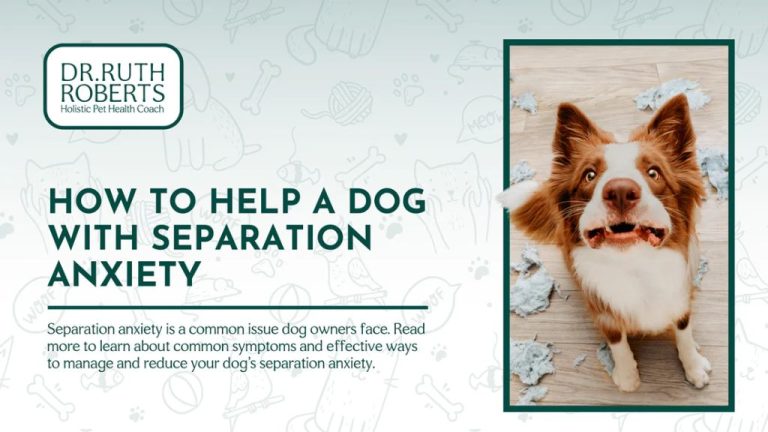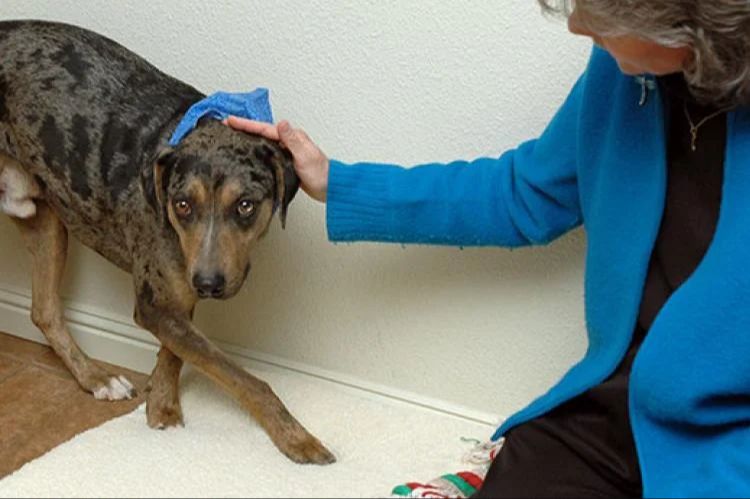Teaching Your Dog To Share: Strategies For Managing Resource Guarding
What is Resource Guarding in Dogs?
Resource guarding in dogs refers to behavior that is intended to restrict access to objects, places or people. It occurs when a dog feels threatened that someone or something will take away their valued resource (Resource Guarding in Dogs: How to Deal With).
Common items that dogs may guard include:
- Food bowls or treats
- Toys
- Resting spots like dog beds or furniture
- Spaces like a crate or room
Signs that a dog may be resource guarding include:
- Stiffening of the body over the item
- Hard staring
- “Whale eye” – when the whites of the eyes are visible
- Growling or baring teeth
- Snapping when approached
- Biting when someone tries to take the item away
Why Dogs Resource Guard
Dogs sometimes exhibit resource guarding behaviors for a variety of reasons. One key factor is instinct – dogs are hardwired to protect valued resources like food, toys, and sleeping areas. In the wild, possessing resources is a survival advantage so dogs will seek to keep items for themselves. Lack of proper training and socialization as a puppy can also lead to resource guarding. Puppies that are poorly socialized may not learn how to share amicably with other dogs or humans. Anxiety and fear can also cause resource guarding. Dogs that are stressed or lacking confidence may feel threatened when someone approaches their valued possessions.[1][2] Creating a relaxed, structured environment can help prevent guarding behaviors.
Risks of Resource Guarding
Resource guarding can pose serious risks if left unchecked. Some of the main dangers include:
Potential for bite injuries – Dogs may resort to growling, snapping, or biting when guarding resources from humans or other animals. Even friendly dogs can inflict damage if provoked while guarding. Bite injuries, especially to the face and hands, require immediate medical care.
Strained relationships between dogs – Dogs that resource guard against other dogs often get into fights and altercations. This can create anxiety and tension between household pets. Dogs may no longer relax and play together normally.
Restricted access to resources – Humans sometimes react to resource guarding by limiting access to items. However, this doesn’t address the underlying issue. Finding solutions that allow safe, free access to food bowls, beds, toys etc, is ideal.
For more information, see this Preventive Vet article and this AKC resource.
How to Prevent Resource Guarding
Preventing resource guarding should start early in a puppy’s life through proper socialization and building trust between the puppy and their human. As recommended by the Humane Society, always provide sufficient resources like toys, beds, and food to avoid competition and guarding behaviors.
Early and positive introductions to handling around resources is key. Engage in reward trading games by offering a treat in exchange for a lower value item. Hand feeding meals also helps reinforce that food comes from you, and builds confidence through positive interactions.
Gradually condition the puppy to accept handling around food and toys, such as briefly taking away their bowl during mealtime and returning it. Build up duration slowly as the puppy learns to accept manipulation around their resources. Proper early socialization and counterconditioning helps prevent possessiveness from developing.
Managing Mild Resource Guarding
If your dog exhibits mild resource guarding such as growling or freezing when approached while eating or playing with a toy, there are several techniques you can try to modify this behavior. According to the Humane Society [1], the goal is to convince your dog that people approaching means something good is going to happen.
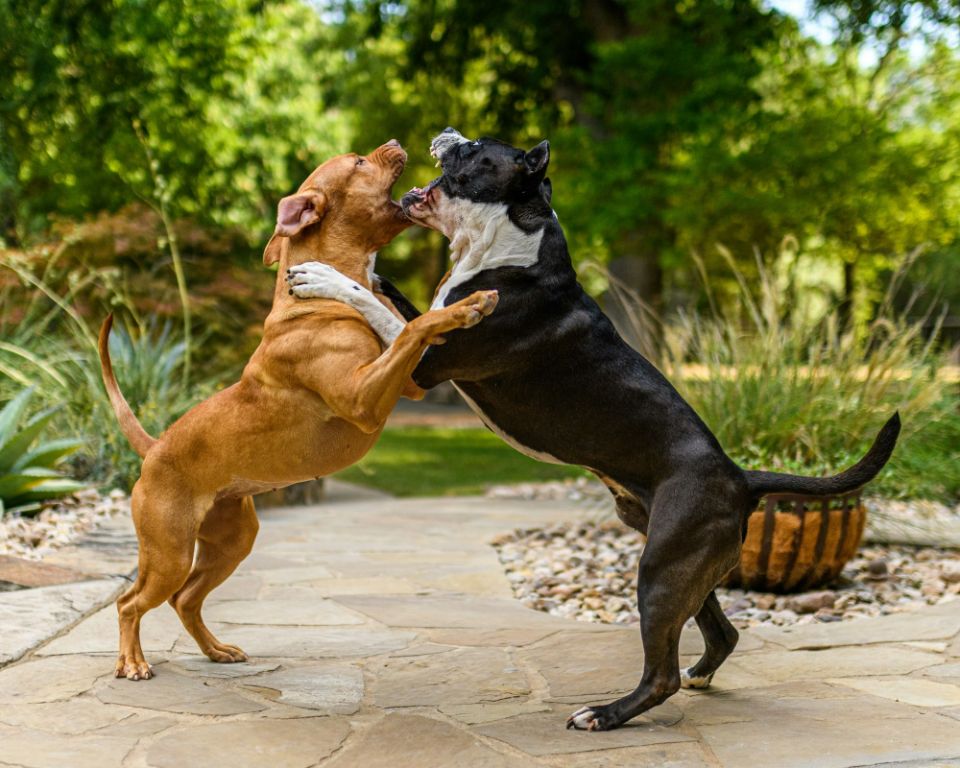
Try playing trading games where you offer something enticing in exchange when taking an item away. Give your dog a treat when you reach toward their food bowl or toy. This teaches them that giving up objects leads to receiving something even better. Hand feeding portions of their meals can also help dogs associate you approaching with something positive.
Incorporate obedience training using positive reinforcement, which builds respect and trust between you and your dog. Work on commands like “drop it” and “leave it” to enforce releasing objects on cue.
Additionally, try desensitization techniques gradually getting your dog comfortable with handling by starting with petting while eating, then work up to briefly removing the bowl and returning it before the dog reacts. Taking baby steps and rewarding calm behavior is key. The goal is to counter-condition the dog to associate human interaction near their resources with good things.
With time and consistency using force-free, reward-based training, mild resource guarding can be successfully managed.
[1] https://www.humanesociety.org/resources/resource-guarding-dogs
Treatment for Severe Resource Guarding
For severe cases of resource guarding where the dog growls, snaps, or bites when guarding items, it’s best to consult with a certified behaviorist. They can assess the root cause and degree of the behavior and design an advanced behavior modification program (Humanesociety.org). This may involve counterconditioning and desensitization techniques to change the dog’s emotional response when approached while guarding.
In some cases, anti-anxiety medication may be recommended in conjunction with behavior modification to lower the dog’s stress levels and make them more receptive to training (Preventivevet.com). However, medication alone will not solve the problem. An intensive training program is still required to teach the dog to willingly give up items and accept handling near their possessions.
For safety, management techniques should be used even during treatment to avoid aggressive incidents. With patience, consistency and professional guidance, the majority of dogs with resource guarding can overcome the behavior. But it takes time and commitment from the owner.
Creating a Safe Environment
When your dog is prone to resource guarding, it is important to set up your home in a way that prevents opportunities for guarding and keeps everyone safe. Here are some tips for creating a safe environment:
Supervise All Interactions
Do not leave your dog unsupervised around items they have a history of guarding. Even if your dog gets along well with other pets or family members, the presence of a high-value item could trigger guarding behavior. Always monitor interactions whenever food, toys, beds or other potential guarded items are present. Refer to source.
Remove Access to Guarded Items
Take away access to potential guarded items by keeping them out of reach or putting them away when not actively in use. For example, feed pets in separate closed rooms and pick up food bowls as soon as mealtime is over. Rotate access to favorite toys and do not leave them lying around. According to this source, removing constant access helps lower the perceived value and desirability of guarded items.
Separate at Meal Times
Feed dogs in different areas of the home or use pet gates to keep them apart during meals. This prevents competition over food bowls. You can also feed cats or other pets in a closed bedroom, up high, or other area your dog cannot access. As recommended by this resource, separation at mealtimes is key to avoiding triggering guarding behavior.
Teaching ‘Drop it’ and ‘Leave it’
Teaching your dog the “drop it” and “leave it” commands using positive reinforcement is key for managing resource guarding. The goal is to make dropping or leaving items rewarding for your dog.
Start by having treats ready and showing your dog a low-value item like a toy. Say “leave it” and reward with a treat when they don’t go for the item. Slowly build up to higher value items, rewarding for leaving the item alone. Practice this with different items.
For “drop it,” give your dog an item and say “drop it.” Have a high-value treat ready to reward them the moment they release the item. Reward every time to reinforce the behavior. Start with low-value items, then work up to having them drop higher value items like bones.
Keep training sessions positive and reward-based. With consistency over time, your dog will learn that obeying “leave it” and “drop it” commands results in getting treats and praise. This makes dropping or leaving objects on cue a rewarding behavior for them. For more detailed training tips, see this source.
Teaching ‘Share’
Teaching your dog to share toys and other items voluntarily is one of the most important parts of managing resource guarding. Start by showing your dog you have something valuable like a treat when they have an item. Say “share” and exchange the item for a treat. Then, return the item and praise your dog for giving it up. Reward calm behavior when your dog is around valued items with treats and praise. Anytime your dog willingly gives up an item or allows you to take it, reward them with treats and enthusiastic praise like “Good share!” so they learn sharing is a positive thing.
Some tips for teaching ‘share’:
- Use high-value treats to reward sharing like small pieces of chicken or cheese.
- Start with lower value items first before moving up to more valued toys and chews.
- If your dog refuses to give up an item, do not forcefully take it. This can reinforce guarding behavior. Instead, give them space and try again later.
- Be patient! For dogs with a history of guarding, it can take time and consistency before they feel comfortable sharing.
With time and positive reinforcement, your dog will learn that giving up items results in rewards and praise rather than losing their valued possessions. Sharing on cue is an important skill that helps prevent conflicts between pets and promotes peaceful coexistence in multi-dog households.
Source: http://www.clickertraining.com/train-your-dog-to-share
Being Patient and Consistent
Teaching a dog to share requires patience, consistency, and repetition. Change takes time and effort – you can’t expect your dog to master sharing overnight. Stick to your training plan and celebrate even the smallest signs of progress. As the saying goes: “Rome wasn’t built in a day.”
Keeping training sessions positive and rewarding will make them more enjoyable for both you and your dog. Always set your dog up for success by working in small increments and providing ample praise and treats for desired behaviors. If your dog struggles with a particular step, simply slow down the training and provide additional repetition before moving forward. There’s no set timeline, so let your individual dog determine the pacing.
Try to train every day if possible, but keep sessions brief, around 5-10 minutes. Multiple short sessions will be the most productive approach. Consistency is key – the more reps, the better. Make sharing practice a regular part of your routine, like mealtimes and walks. The more you incorporate it into daily life, the quicker your dog will learn.
Celebrating small wins will keep you motivated. So if your dog allows you to briefly hold a bone, shower them with praise and rewards, even if they snatch it back. Over time, extend the duration. Record your training sessions to track subtle improvements. Focus on the fact that you’re making forward progress rather than getting discouraged over what your dog hasn’t mastered yet.
Most importantly, be patient with yourself as well! Learning new skills takes time and diligence for us humans too. If you get frustrated, pause and regroup. Your calm, assertive energy will positively influence your dog’s behavior.
With a patient, consistent approach over time, you can teach your dog to relinquish items and share on cue. Stick with it, and your hard work will pay off!
Sources:

